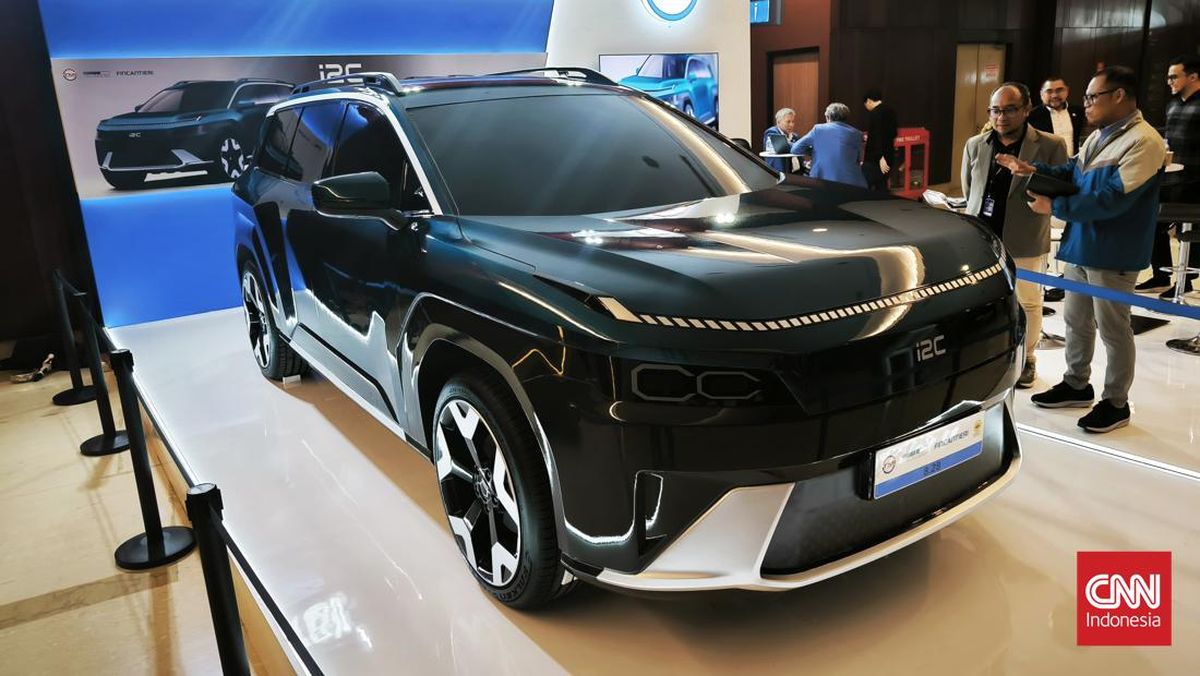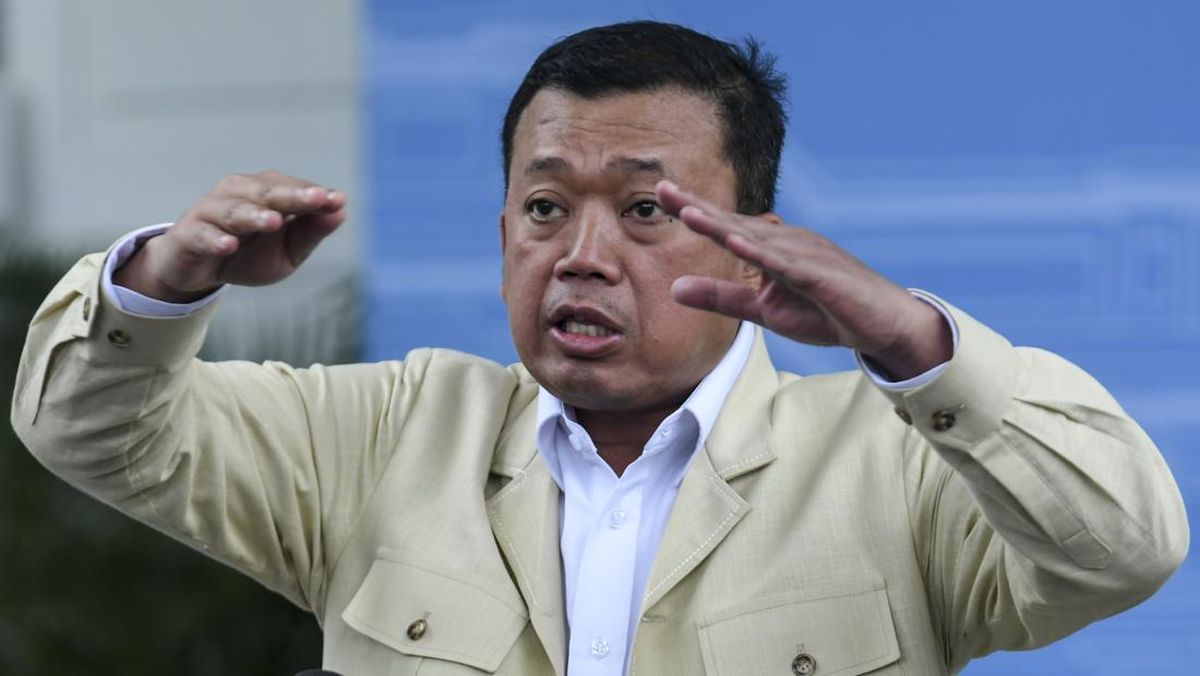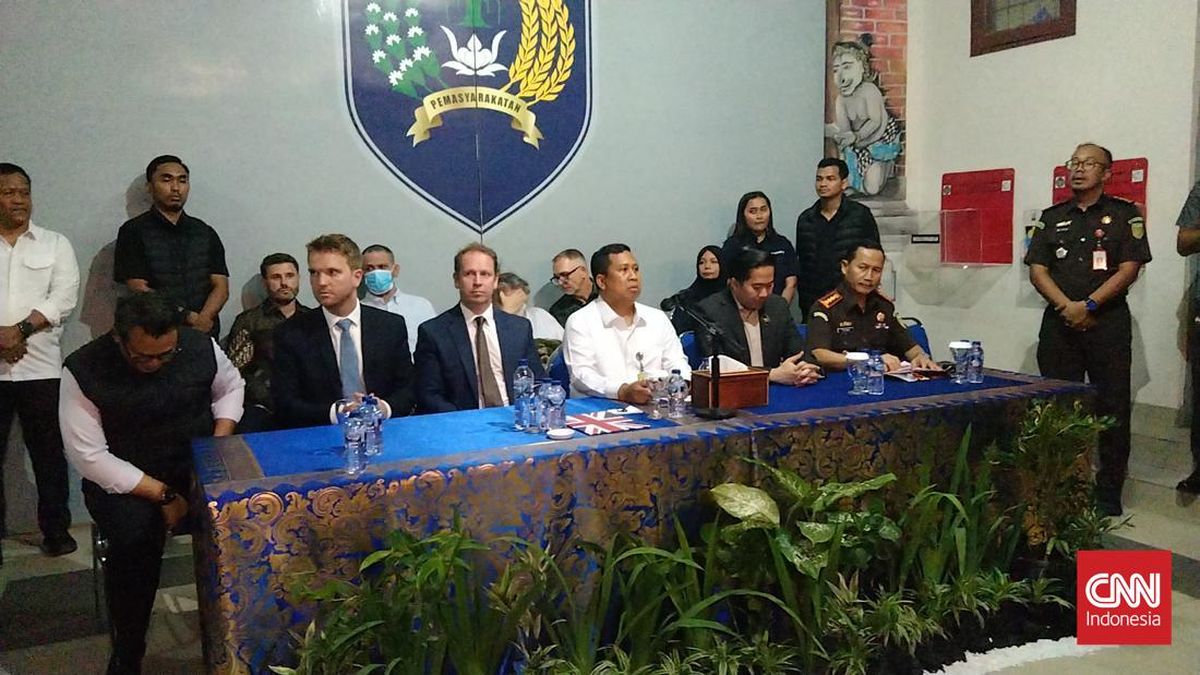Imagine walking into a restaurant and placing your order without saying a word. Or controlling your entire smart home – lights, television, music – purely through thought. Picture sending a text message or making a video call simply by thinking about it, no hands required.
This isn’t science fiction from a Black Mirror episode. It’s the future Australian neurologist Tom Oxley is building with Synchron, the Melbourne-born brain-computer interface company that’s racing ahead of Elon Musk’s Neuralink to commercialise mind-reading technology that could eventually transform how all humans interact with machines.
“There is the potential for brain-computer interfaces to overcome the physical limitations with how our brain talks to the world,” Oxley told this masthead in an interview. “It starts out with motor control, then it moves into speech, so you get silent speech. Then it covers things like hearing and attention. But where it gets really next level is when it starts to predict your emotional interactions with the world.

Synchron co-founder and CEO Tom Oxley.
“The concept is it will enable next-level human expression. And I think we’ll realise, in retrospect, that the use of language or non-verbal cues was, you know, a bit sloppy.”
The technology’s more immediate – and life-changing – application is already here. The Australian federal government’s National Reconstruction Fund Corporation is investing $54 million in Synchron as part of a $305 million Series D funding round, bringing the Australian innovation back home after local venture capitalists passed on early investment opportunities that have since delivered near-hundredfold returns to US investors.
The timing was crucial, according to NRFC chief executive David Gall. While he admitted earlier investment would have been ideal, “this is a great time because it’s an opportunity now where the part of this funding round not only goes to finalising the final clinical trials in the US, but also to establish a commercial hub in Australia with plans to conduct clinical trials.”
Oxley revealed that Synchron had other options on the table. “We could have been in Singapore,” he said, noting that NRFC’s involvement was critical to securing Australia as the company’s Asia-Pacific base rather than losing it to competing jurisdictions.

Thomas Oxley of Synchron in Brooklyn, NY. Photo by Adam Glanzman.
Synchron’s Stentrode device is already implanted in 10 people worldwide – six in the United States and four in Australia – allowing severely paralysed patients to control digital devices with just their thoughts. In 2019, Moonee Ponds resident Rodney Gorhman became one of the first people in the world to successfully control Apple devices directly via his brain signals. Gorhman, who has motor neurone disease, can now feed his dog, play music, and control household appliances by mentally scrolling through an interface connected to his brain.
The breakthrough has attracted backing from tech titans including Jeff Bezos, Bill Gates, and partnerships with Apple, Amazon, Nvidia, and OpenAI. That constellation of support reflects both Synchron’s five-year head start over Neuralink in human trials and its fundamentally different – and potentially more scalable – approach to brain implants.

Synchron’s Stentrode BCI device.
Unlike Neuralink’s coin-sized device, which requires removing part of the skull and inserting 64 wire threads directly into brain tissue, Synchron’s technology avoids open brain surgery entirely. The matchstick-sized Stentrode is threaded through the jugular vein – similar to placing a heart stent – and expanded against the motor cortex. The three-hour procedure can be performed by interventional cardiologists, of which there are far more globally than neurosurgeons trained in invasive brain surgery.
“There are more doctors who know how to insert a stent than doctors who can perform open brain surgery, so Synchron’s method is highly scalable,” Oxley explained. The device uses 16 electrodes to capture brain signals, transmitting them via Bluetooth to a receiver implanted in the chest, which translates neural activity into commands for digital devices.
The Australian origin story is both a point of pride and a cautionary tale about local venture capital appetite. Oxley founded Synchron in 2012 with Nick Opie and Rahul Sharma after receiving $1 million in early funding from the US Defence Advanced Research Projects Agency (DARPA). Despite various Australian government grants, he couldn’t secure private Australian investment.
“The feeling was too much risk, too long, too hard,” Oxley said. “Within six months of being in New York we had our first deal done, and those investors are now close to a 100-times return on that investment that all the Australian VCs passed on.”

Rodney Gorhman is a brain computer interface operator using technology created by Synchron that allows people with neural diseases to control robotic devices with their thoughts. Credit: Arsineh Houspian
The NRFC’s investment strategy acknowledges this gap in the Australian ecosystem. “Whilst there might be plenty of capital out there, capital is not always available where you need it, when you need it, in terms of a business’s life cycle,” Gall said. The fund’s role is to crowd in private investment and help create sustainable markets. “The early commercialisation of medical research is the classic case in point,” he said.
Loading
Unlike venture capitalists chasing maximum returns, NRFC operates as patient capital with a target return of just 2 to 3 per cent above government bond rates. “We’re not trying to make a massive return on every investment,” Gall said. This lower cost of capital can help companies like Synchron scale without the pressure of astronomical valuations.
The NRFC investment aims to support final clinical trials needed for US Food and Drug Administration approval while establishing a commercial hub in Australia with plans to conduct local clinical trials. “It’s like, now we’re coming back,” Oxley said. “Melbourne is going to be the APAC commercial base.”
The technology initially addresses an estimated 15 million people worldwide who have lost the ability to use their hands due to conditions including motor neurone disease, stroke, spinal cord injury, and cerebral palsy. Morgan Stanley projects the total addressable market at $US400 billion ($614 billion) in the United States alone. But Oxley’s longer-term vision extends far beyond medical applications.

NRFC chief executive David Gall.Credit: SMH
“The reason that Bezos, Bill Gates, Elon Musk, [Mark] Zuckerberg and Sam Altman are all talking about this is there is a view that the capacity for BCI to carry humans to another level is there,” he said. “It sounds sci-fi, but it’s very real, and it is coming in our lifetime – on the order of decades.”
It’s a bold vision, and one that inevitably raises dystopian concerns about privacy, agency, and the risks of plugging computers directly into our brains. Oxley doesn’t dismiss those fears. “I think it’s a very real concern. I think it’s very serious,” he acknowledged. “There are definitely risks here. There are risks around privacy. There are risks around agency.
“The comparison with the car is interesting, or a plane – a plane or a car is a little bit dangerous. There’s lots of risk. It’s a highly regulated environment, but it lets humans be more productive and do more things. And I think that’s what’s going to happen with BCI.”
Loading
For now, the focus remains on helping people like Rodney Gorhman.
“When I was an intern I met a father of three who had a stroke and could move his eyes only,” Oxley said. “I just thought, how can there be no other treatment option here?”
Two decades later, that question has led to technology that might not only restore independence to millions with paralysis, but eventually transform how all of us think our way through daily life.
Most Viewed in Technology
Loading


















































